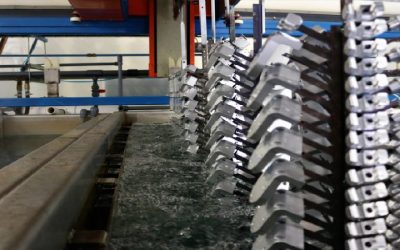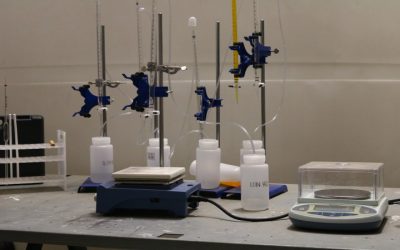One of the more common options for providing an inactive and corrosion resistant surface for various metals, zinc chromate plating, was and is still a standard in many industries. While the resulting coating or plating can be left as is, it can also be painted over, with the plating acting almost like a primer.
The process of zinc chromate plating is most commonly associated with aluminum, although it can also be completed on copper, cadmium, silver, magnesium and zinc.
The History
Although most closely associated with the military and coatings on planes, the original developer of zinc chromate plating was the Ford Motor Company. They first started using zinc chromate as the primer coating on vehicles in the 1920s. The US military took the process a step further and began to mix the zinc chromate with black paint pigments, resulting in the green color. It was used on the landing gear because of its high corrosion resistance.
Although the original zinc chromate plating included mixing pigments to create yellow and green, it is now possible to provide clear or black plating as well as other custom colors.
The Process
As with most type of plating, zinc chromate plating is applied using a dipping process. The metal part is submerged in the solution for a few seconds, typically not more than 10 seconds, and then removed.
While the initial application of zinc chromate plating is like a gel on the surface, it will quickly harden and become resistant to water. This, coupled with the fact it boosts the natural corrosion resistance of aluminum, makes it a practical step in working with and protecting the metal.
Once aluminum goes through the zinc chromate plating process, it can be painted or glued with ease, something that is much more difficult if the plating is not completed. Typical colors after the process are the so-called zinc chromate yellows and greens. Different thicknesses in a plate from just a few nanometers to several hundred are possible depending on the use of the metal and the need for the protective surface.
It is important to keep in mind the original zinc chromate plating process, and specifically exposure to the zinc chromate solution is damaging to the skin. It is a known carcinogen in the original process, but new options and new technology makes this a much safer process today.
At DeKalb Metal Finishing, we can provide zinc chromate plating on any parts you need. To learn more about the process see us online at www.dekalbmetal.com.



